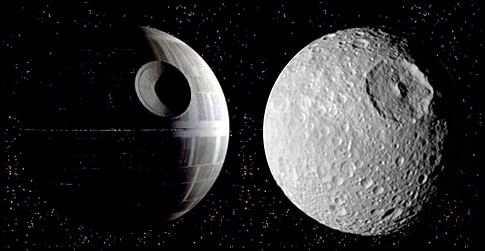Terry Olaes
I Used to be the [H] News Guy
- Joined
- Nov 27, 2006
- Messages
- 4,646
Gizmodo asked MIT research fellow/doctoral candidate Sydney Do if space habitats featured in popular sci-fi shows are scientifically possible. Tl;dr - that's no moon, it's a space station.
There are three things you need to keep in mind when considering any type of human habitat in space, according to Do: location, function, and size. Those three criteria greatly influence what is and isnt possible. So I whipped up a few scenarios from science fiction to put to the test.
![[H]ard|Forum](/styles/hardforum/xenforo/logo_dark.png)

